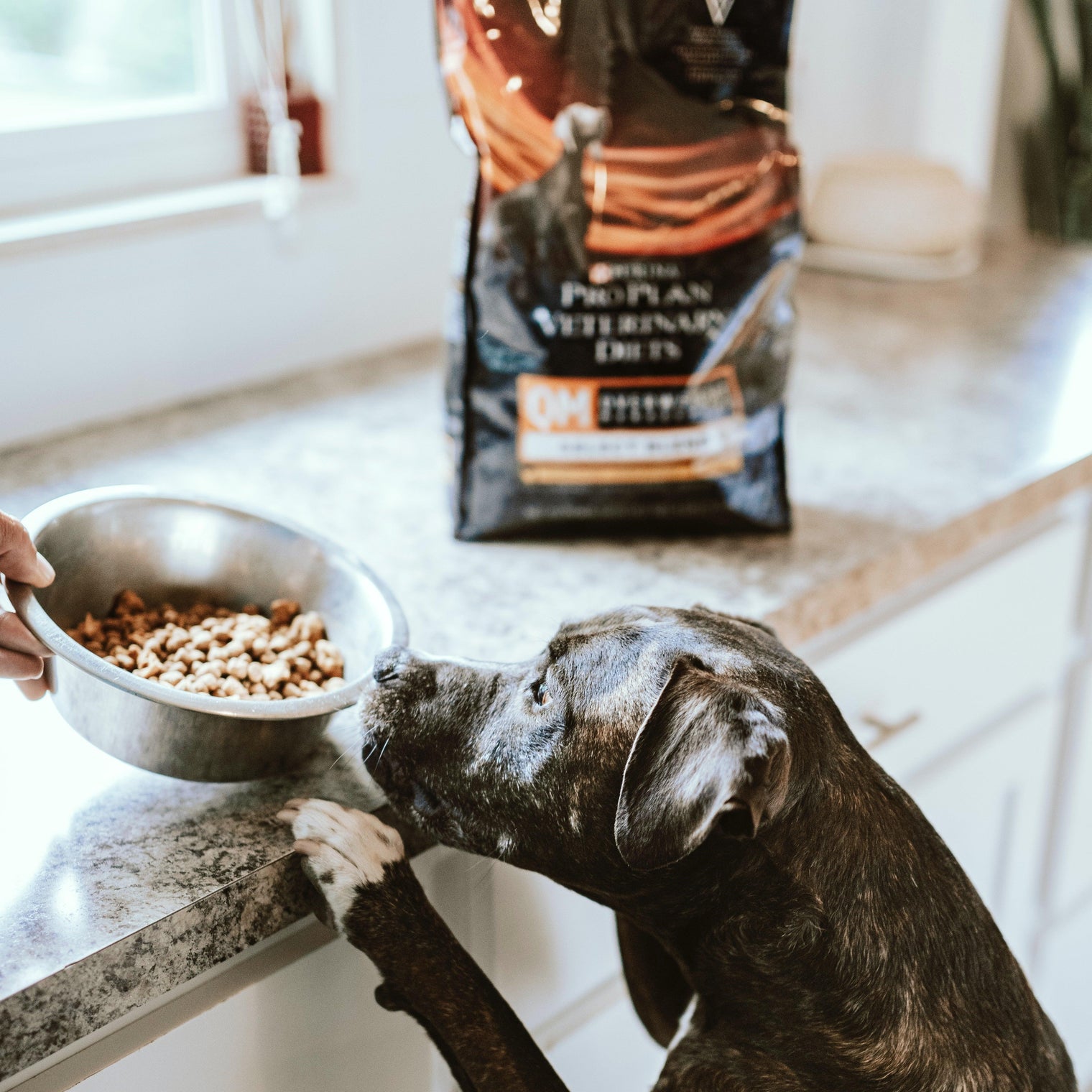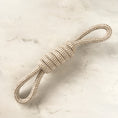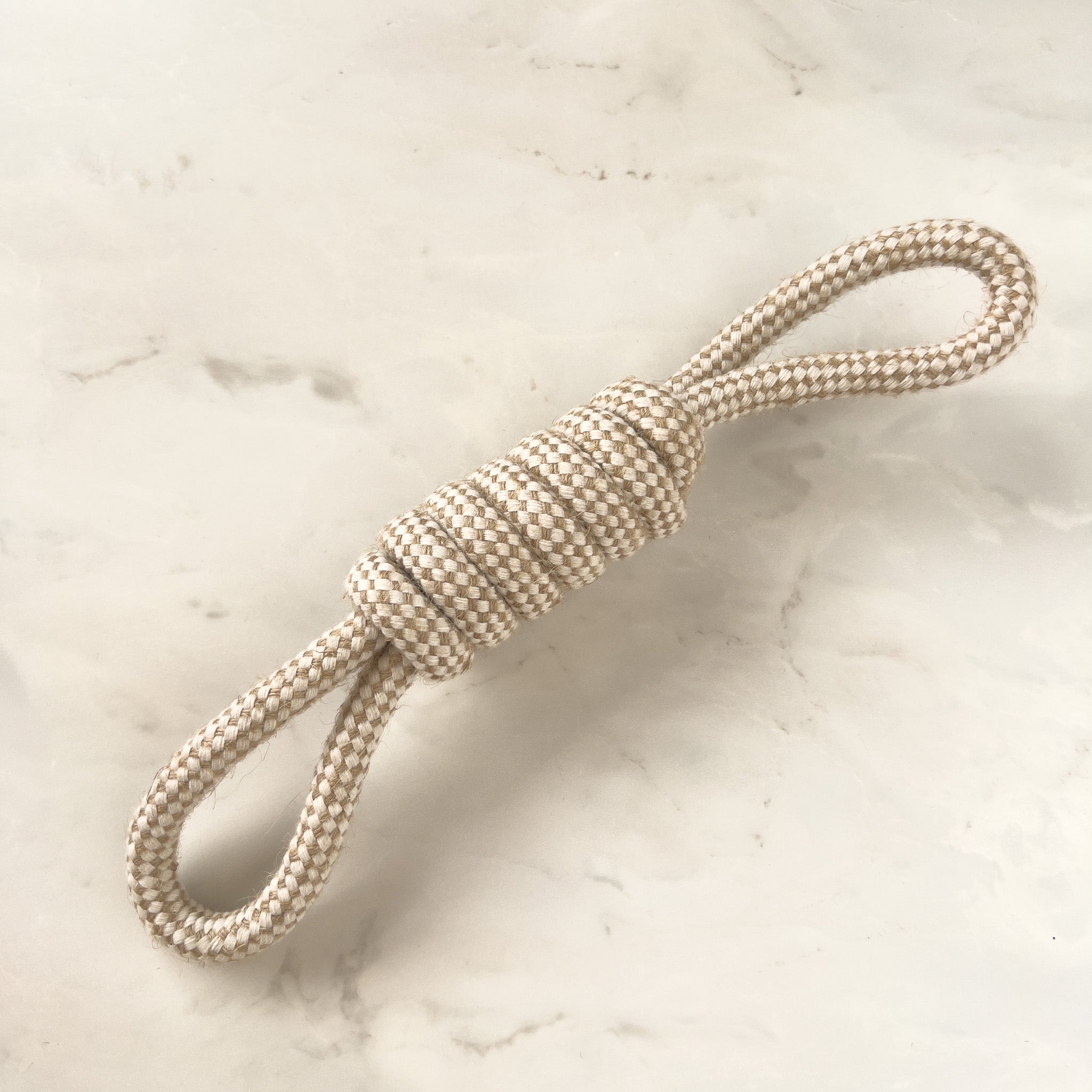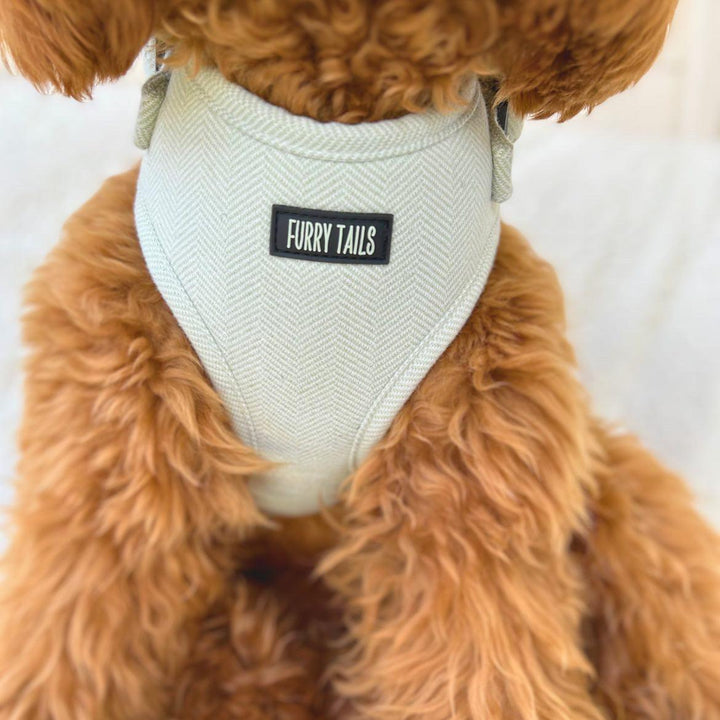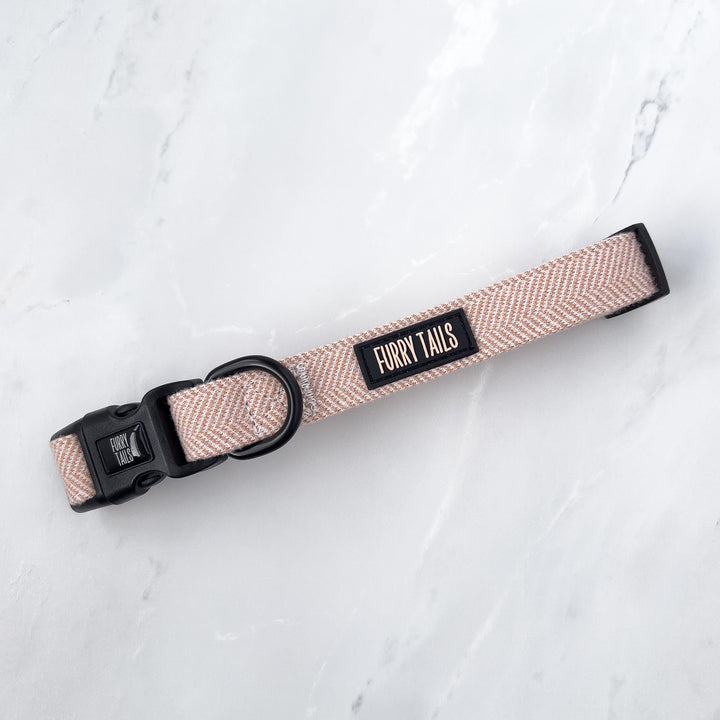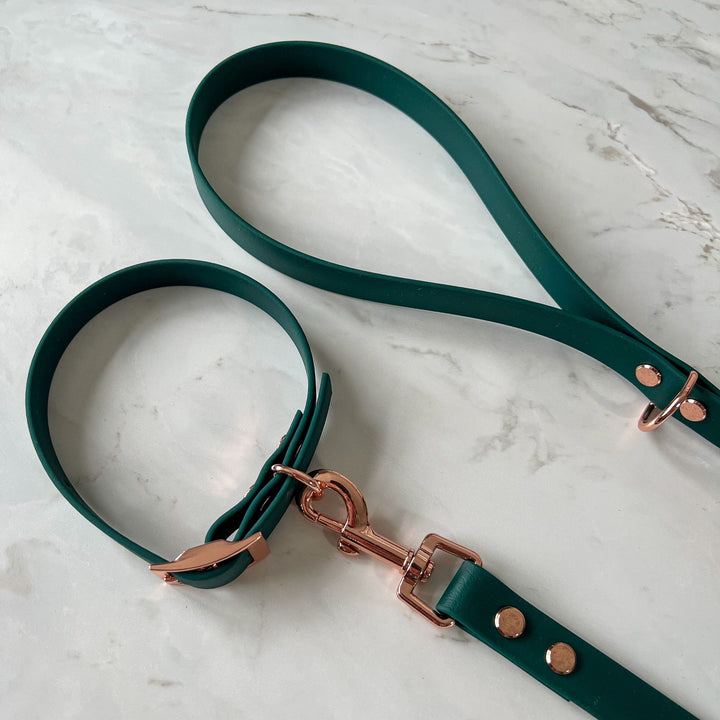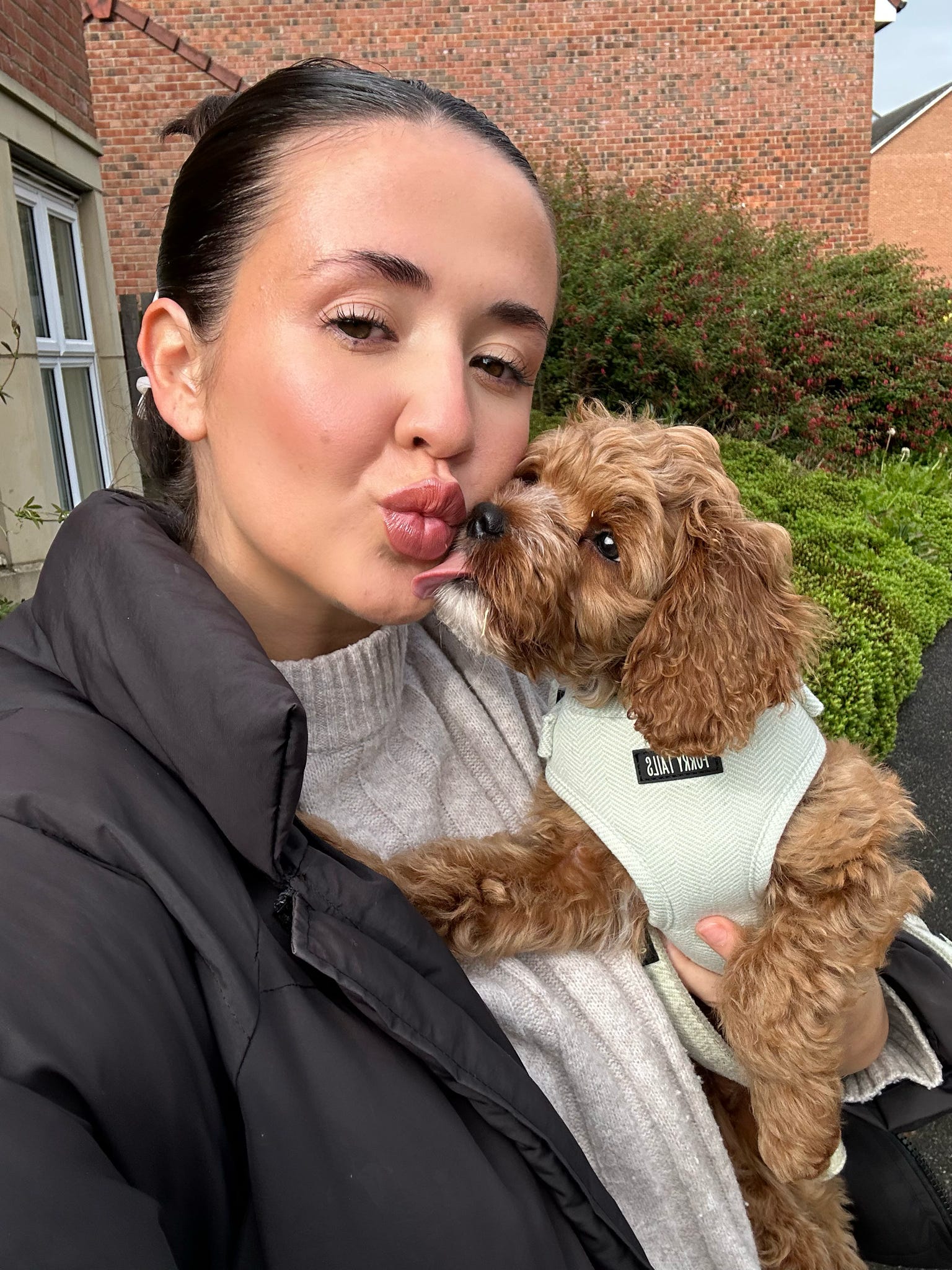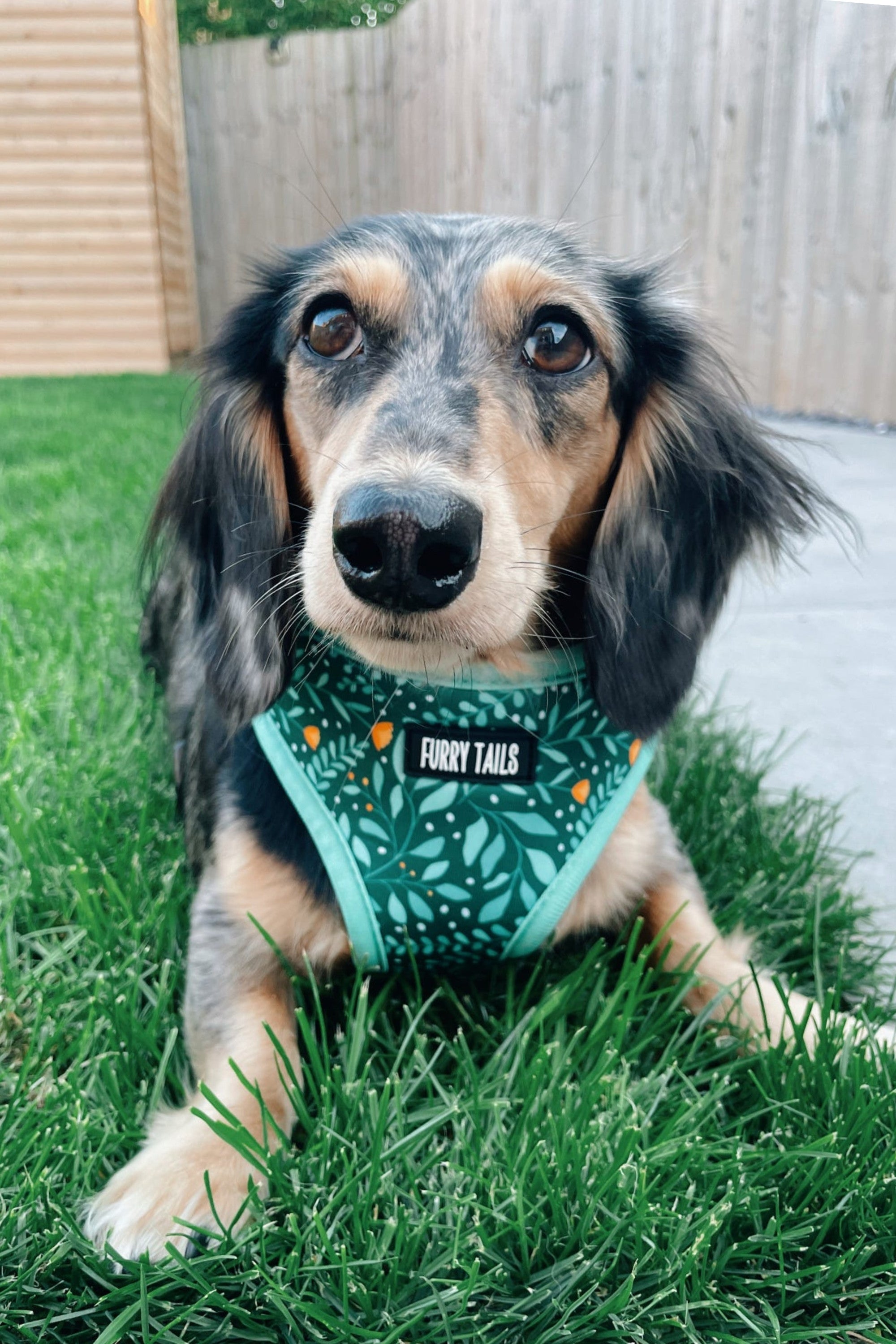Has the dog food aisle ever left you barking mad, puzzling over "how to understand dog food labels?" Maybe you've played mental tug-of-war asking, "what are the pros and cons of a raw diet for dogs versus commercial diet?" or scratched your head wondering, "what are the essential nutrients for dogs?" and "how do I choose the pawfect diet for my fur-baby?"
Ever heard of "cold-pressed dog food" and found yourself wagging your tail with curiosity about its benefits? Or are you on the hunt for the top dog (pun totally intended!) amongst dog food brands in the UK?
You might be wrangling with portion sizes, thinking "just how much should my dog eat daily?" or navigating the maze of identifying and managing dog food allergies. Perhaps you're ready to don your chef's hat and dish out some drool-worthy homemade dog food recipes.
And then there are the big questions that could make even the savviest dog parents howl at the moon: "What role does a vet play in my dog's nutrition?", "How can I keep my furball bouncing with health and energy through the right nutrition?", "How does my dog's breed, age, weight, and exercise routine affect their diet?" and the ever-so-crucial "How do I make sure my best friend stays well-hydrated?"
If you've nodded along to any or all of these questions, you've landed in the right dog park. This is your one-stop shop to get the scoop on all things dog nutrition. So put on your walking shoes, leash up, and let's take a stroll through the land of doggy diets, where we'll munch on some meaty info and slurp up some juicy insights.
Because, let's face it - this isn't just about filling their bowl; it's about filling their life with joy, vitality, and health. So, ready to embark on this tail-wagging adventure? Let's fetch those answers together, shall we?
Understanding UK Dog Food Labels
Ever picked up a bag of dog food, read the label, and felt like you're deciphering hieroglyphics? I've been there too, friend! Here's the good news: understanding these labels is easier than you think.
Primarily, labels are split into two parts: the 'Principal Display Panel' and the 'Information Panel'. The former usually displays the product's name and brand. The latter, however, is where the gold is. This section contains information about the ingredients, guaranteed analysis, nutritional adequacy statement, and feeding guidelines.
If your dog food says it's complete and balanced, it implies that the product has all the nutrients required by a dog in appropriate quantities. This is as per the standards set by The Association of American Feed Control Officials (AAFCO), and the (FEDIAF) European Pet Food Industry Federation.

Raw Diet vs Commercial Diet: The Pros and Cons
The world of canine cuisine is split down the middle on this one: some dog parents swear by commercial dog food, while others are die-hard fans of raw diets. Let's explore both sides of the kibble, shall we?
A raw diet involves feeding your dog uncooked meat, bones, fruits, and vegetables. Advocates argue that this is the diet dogs are naturally meant to eat. The benefits can include shinier coats, healthier skin, cleaner teeth, higher energy levels, and smaller stools.
However, there are potential risks associated with a raw diet. These can include threats to human and dog health from bacteria in raw meat, an unbalanced diet that may damage the health of dogs if given for an extended period, and the potential risk of whole bones to the health of the dog.
On the other hand, commercial diets are convenient, balanced, and come in various flavors to keep our furbabies interested. They're also usually more affordable. On the downside, these foods may contain fillers and preservatives and can contribute to dental problems in the long run.
Whichever way you go, it's essential to discuss it with a vet. They will guide you on the most suitable diet for your pooch.
Cold Pressed Dog Food: Revolutionising the UK's Dog Food Scene
Ever baked cookies on a high heat and found they've lost their gooey middle? Well, that's a bit like how traditional dog food works. The high-temperature processing can zap away some of the nutrients, leaving our furry friends with less of the good stuff.
Enter cold-pressed dog food, the canine culinary world's latest sensation. Crafted at a lower temperature, typically around 45-75 degrees Celsius, it's like slow-cooking for your pet's dinner. This gentle cooking method keeps the precious vitamins and minerals intact while delivering a digestible and delicious meal for your pup.
Think of cold-pressed dog food as the 'superfood' of the doggy diet world. Each bite is jam-packed with natural goodness, giving your furry friend a nutrient boost in every meal. But remember, like all good things, moderation is key! Cold-pressed food is a bit like the steak dinner of the dog food world - more calorific than your average kibble. So, keep a keen eye on those portion sizes to keep your pup fit, not flabby. It can also be a tad pricier than your regular dog food. Plus, due to its unique preparation, it may not last as long in your cupboard as traditional kibble.
So, there you have it. Cold-pressed dog food – the UK's latest culinary craze for canines. It's nutritious, it's delicious, and it's making tails wag left, right, and centre!

Essential Nutrients: The Building Blocks for Your Pooch's Perfect Health
Remember that jubilant wag of your dog's tail when you return home? Or that adorable prance when they're chasing their favourite toy? That energy comes from a well-fed, well-nourished dog. Yes, feeding your dog isn't just about filling their tummy—it's about fueling their vitality!
Proteins—they're not just for bodybuilders! Proteins are the building blocks of life, crucial for growth, tissue repair, and immune function. Every time your dog does a playful zoomie or grows a shiny, healthy fur, it's protein at work! Good sources of proteins include beef, poultry, fish, and dairy products.
Next on the menu, Carbohydrates. These mighty nutrients are your dog's primary energy providers, letting your pooch romp, play, and explore to their heart's content. Quality sources include wholesome foods like rice, corn, wheat, and vegetables.
Then, we have Fats. They're not the villains they're often made out to be! In the right amounts, fats offer the most concentrated form of food energy. They provide essential fatty acids, aid in nutrient absorption, and keep your dog's coat glossy. You can find them in nutritious meats and oils.
Of course, let's not forget our trusty heroes—Vitamins and Minerals. These teeny, mighty elements are integral to many of the body's processes, including digestion and absorption of nutrients. These often come mixed in a balanced dog food but can also be found in fruits, veggies, and meats.
Lastly, but most importantly, Water. It's a simple, crucial nutrient that accounts for between 60 to 70% of an adult dog's body weight. Keeping your dog well-hydrated is the secret to a wagging tail and a healthy pup.
So, you've got the lowdown on the essential nutrients that fuel our beloved pooches. Understanding these is like having a secret decoder ring for the world of dog nutrition! They'll help you navigate the labyrinth of pet food aisles and cut through the marketing jargon to find the right food for your four-legged friend.
But let's not forget—the hero of this story isn't just any dog, it's your dog! Your pet isn't a carbon copy of the dog next door or that cute pooch you follow on Instagram. They're wonderfully unique, with their quirks, preferences, and needs.
So, while one food might have another dog chasing their tail with joy, it might leave your pet turning up their nose. So when you're choosing your furry friend's diet, don't forget to consider their breed, age, weight, exercise routine, and health. It's all about tailoring it to their unique needs.
Your secret weapon in all this? Your vet! They know your dog's health inside and out, and they're your best ally in making informed, personalised feeding decisions. And of course, you—the one who knows your dog's likes, dislikes, and that funny little chewing habit better than anyone else.

Common Dog Food Brands in the UK
Oh, dog food shopping in the UK can feel like entering a maze with a blindfold on! There's a dazzling array of brands, each shouting from the shelves, "Pick me! Pick me!" They all promise they're the best, but which one will have your pooch's tail wagging with delight? Let's take a whistle-stop tour of some top contenders:
-
Barking Heads & Meowing Heads: Born from the passion of pet lovers, this brand is all about high-quality meat and a big fat NO to artificial nasties. These guys aren't just making food—they're spreading love!
-
Lily's Kitchen: Step into Lily's Kitchen and you'll find organic, grain-free, and hypoallergenic goodies galore. This brand's got a reputation for top-notch ingredients that have dogs and their humans drooling.
-
James Wellbeloved: If your dog has a sensitive tummy or is fussy about food, then James Wellbeloved might just be your hero. Their hypoallergenic, grain-free options are like a comforting belly hug for your pooch.
-
Royal Canin: It's the royalty of the dog food world, with breed-specific recipes that cater to your dog's unique needs. Whether you're feeding a noble Newfoundland or a dainty Dachshund, Royal Canin has you covered.
-
Pooch & Mutt: For the eco-conscious pet parents, Pooch & Mutt combine natural, ethical food with planet-friendly packaging. Feeding your dog has never felt so good!
Remember, your dog isn't just any dog—they're YOUR dog, with their own dietary needs and foodie likes and dislikes. So, don't hesitate to ask your vet for advice if you're feeling bamboozled.
Oh, and once you've chosen the right food, how about picking the perfect collar? You'll find all the tips you need in our guide.
How Much Should a Dog Eat
"How much grub should I serve my dog?" This must be one of the greatest head-scratchers for every dog parent out there. The answer? Well, it's as individual as your dog's personality.
Here's the scoop:
Age: Puppies are like sprouting beans, they need lots of nutrients to support their growth. On the other hand, your golden oldie may need fewer calories, especially if they prefer snoozing to sprinting.
Size: Think about it—Great Danes and Chihuahuas, same portion size? As if! Your big furball has a faster metabolism and needs more food than your teacup pup.
Activity Level: Is your dog a marathon runner or more of a Netflix-and-chill kind of guy? Active dogs burn through calories like there's no tomorrow, whereas our sofa-loving friends need less to keep those waistlines trim.
Health Status: Just like us, our dogs' dietary needs can change with their health. Pregnant, nursing, or recovering pooches may need an adjusted diet.
Now, you might be eyeing that dog food package, and yes, it's a good place to start. They've got guidelines based on weight. But remember, these are guidelines, not doggie law. Your dog's a unique individual, not a statistic.
Keep an eye on your fur friend's weight, and adjust their meals as needed. If in doubt, have a chat with your vet. They're the nutritional detectives, ready to figure out your dog's perfect portions.
And remember, friends, we want our dogs' tails wagging, not their bellies dragging. Overfeeding can tip the scales towards obesity, and nobody wants that. Healthy diet, happy dog—that's our mantra.

Costs
Okay, let's talk money, honey! Because we all know that caring for our fur babies isn't just about cuddles and fun in the park. It can also hit the wallet—hard!
Now, feeding a dog in the UK is like shopping for a new pair of shoes. The price tags can make you do a double-take, or they can have you singing all the way to the till. It's all about the brand, the type of food, and where you're doing your shopping.
So, whether you're investing in gourmet wet food that's posher than your Sunday roast, kibble that's as dry as the British humour, or raw food that looks like it's straight from a nature documentary, the costs are as varied as a dog's bark.
You could be looking at anything from £20 per month (less than a weekly coffee habit) to a heart-stopping £60 per month (now we're talking fancy gym membership territory) to feed a medium-sized dog.
But remember, pals, feeding your dog isn't just about finding the cheapest deal. This is about investing in their health, their happiness, and the wag in their tail. After all, can you really put a price tag on that face?
So buckle up, be prepared, and keep in mind that the cost of feeding your beloved pooch is just part of the rollercoaster ride of dog ownership in the UK. And let's face it, they're worth every penny!
What Not To Feed Your Dog
Just as you've figured out your pooch's diet, remember, there's a forbidden fruit list too! Keep chocolates, onions, grapes, raisins, caffeine, alcohol, macadamia nuts, and anything sweetened with xylitol off their menu. This isn't about being strict, folks - these foods are straight-up doggy kryptonite!
Understanding Dog Food Allergies
Listen up, pet parents! Just as we might break out in hives after eating shellfish or sneeze uncontrollably around pollen, our four-legged buddies can have food allergies too. That's right! Dogs can have a rough time with certain foods, leading to some not-so-fun times. Let's delve into it:
When Fido has a food allergy, it means he's reacting badly to a specific food or ingredient. Common canine culprits are often things we humans gobble up daily - beef, dairy, wheat, egg, chicken, lamb, soy, pork, rabbit, and fish.
Spotting a food allergy can be tricky, but look out for itchy skin, ear inflammation that doesn't seem to end, tummy troubles like diarrhea and vomiting, and persistent gas. If your pooch is dealing with any of these, it might be time to have a chat with your vet about potential food allergies.
To figure out if your pup is allergic, your vet might suggest a food elimination diet, swapping Fido's normal grub for something new like venison and sweet potato. If Fido's problems disappear, we could be looking at a food allergy.
Treatment usually means playing keep-away with the offending food. This could involve switching to a hypoallergenic dog food or, if you're cooking up doggie dinners at home, making sure the bad guy ingredient doesn't make it into the pot.
Keeping tabs on your dog's diet, being aware of potential allergy signs, and providing a balanced diet paired with regular exercise and bucket loads of love will ensure your furry friend stays in tail-wagging shape. It's all about ensuring that our canine comrades lead a long, joyful, and healthy life.

Homemade Dog Food Recipes
Going the homemade route can be a healthy alternative to processed foods. They allow you to control the quality of ingredients used. Here are two simple recipes to get you started:
-
Chicken and Vegetable Dog Food: Cook chopped chicken, peas, carrots, and pumpkin together in a pot until the chicken is well-cooked and the vegetables are tender. Cool before serving.
-
Beef and Rice Dog Food: Cook ground beef in a pot until browned. Add cooked brown rice, cooked sweet potatoes, and finely chopped spinach. Mix until well combined, then cool before serving.
Remember to consult your vet to ensure these recipes provide a balanced diet for your pet. You can always add or subtract ingredients based on your pet's nutritional needs.
Wrapping Up
Well, what a ride it's been, huh? We've trod the path of dog nutrition together, uncovering hidden gems along the way.
We've cracked the code of dog food labels, debated raw vs commercial diets, dissected the basics of canine nutrition, and dished up scrummy homemade dog treats. We've explored the purse strings of dog food pricing in the UK, learnt what's a doggie dietary no-no, discovered popular UK dog food brands, and tackled the age-old question: "how much should I feed my dog?". Oh, and let's not forget our deep-dive into the world of dog food allergies.
In your dog's world, nutrition is king – it shapes their health, happiness, and even their antics. But remember, just like us, every dog is an individual and there's no magic formula when it comes to feeding. That's why your vet is your best ally in creating the ideal diet plan for your pooch.
Here's hoping our guide helps you navigate the labyrinth of dog nutrition with ease. At Furrytails, our goal is simple: happy, healthy, well-fed dogs with tails that never stop wagging.
Need more dog care tips or quality dog products? Don't be a stranger – pop over to our main page for all your doggie needs. Let's keep those tails a'waggin with top-notch nutrition and heaps of love!
Until our next doggie date, stay 'pawsitively' fabulous!

